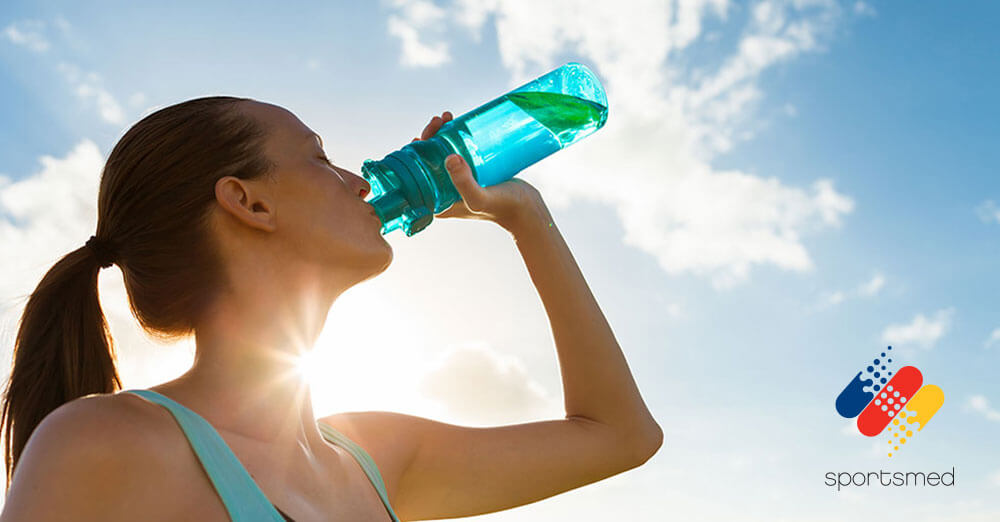When the body’s heat production is greater than the body’s heat loss through sweating and other mechanisms, the body temperature rises and in turn leads to the onset of heat illness. Heat illness can range from mild fatigue and cramps, through the life threatening heatstroke.
The younger you are, the more you are prone to heat stress, due to a number of variables, including:
- Greater surface area to weight ratio
- Greater metabolic rate for given workload
- Diminished sweating capacity
- Poor recognition of early warning signs.
If you are exercising in hot and humid conditions, it is important to stop immediately if you have any suspicion of heat illness and seek medical advice.
The following are recognisable in the early stages of heat illness (you may not necessarily have all the symptoms):
- Cramps
- Flushed skin
- Tiredness
- Weakness
- Headache
- Feeling hot
- Fainting
- Excessive sweating.
If any of these indicators are present, you should be removed from the event and laid down in a cool place. It is vital you have cool water to drink, whilst being cooled down with wet towels placed around or by sponging the body with cool water.
Stay well hydrated before any exercise and maintain a regular fluid intake during the session. When dehydration sets in, you are unable to sweat efficiently impairing your heat losing ability.
Thirst is a poor indicator of fluid replacement, and you should drink before becoming thirsty. Plain water is effective, however it is recommended in physical activity or sport longer than a one-hour duration, that sports drinks should also be consumed.
contact
If you would like more information or would like to make an appointment with Dr Lee and our sports doctors, contact our medical team on 08 8362 8111 or at medical@sportsmed.com.au.



